Time limits have been a video game staple since the early ‘80s. Nowadays, however, there has been increasing debate about whether time limits are archaic and necessary for design blueprints.
Games like Super Mario Bros. and Sonic the Hedgehog are designed to pressure players with a sense of urgency, in large part to increase their replayability. The complexity of split-second decision-making can be off-putting to some players, while for others it can provide a greater sense of accomplishment and progression.
Even newer games use time limits as part of their design. In the Persona series, players are required to beat a dungeon within several days or risk having insufficient time to advance their social links. Players may want to explore a certain area at their leisure, only to be reminded by the game that there will be consequences if they do not complete their current task.
The list goes on. From turn-based RPGs like Final Fantasy VII to platformers like Pizza Tower, time limits are ubiquitous in certain styles of games. But are these time limits a boon, or a curse?
Let’s take a closer look.
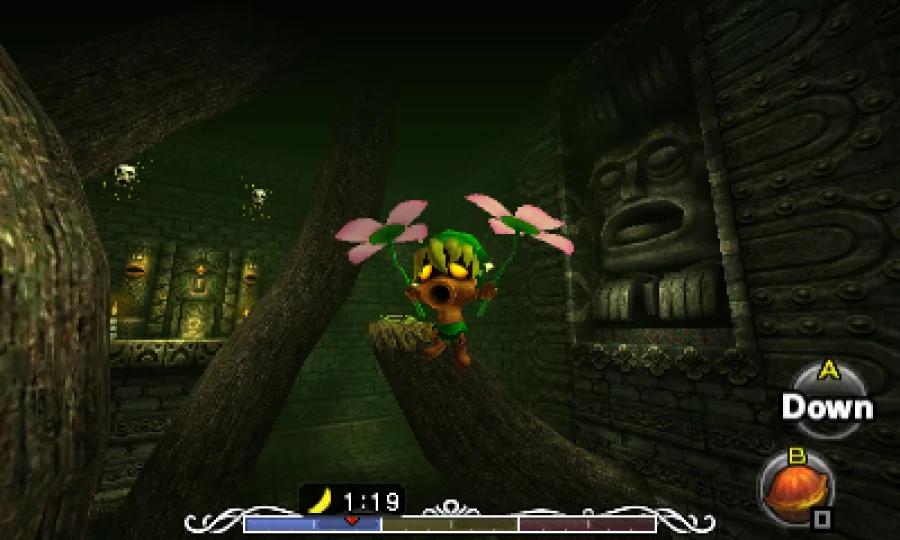
Great Risk, Great Rewards
Time limits often serve as a solution for game makers looking to create a sense of impact for players. Games like Majora’s Mask and Pikmin have time limits that play directly into the thematics of their world and emphasize efficiency over efficacy.
In Majora’s Mask, it isn’t enough for Link simply to save the word; he must do it in three days, or see the moon destroy Clock Town. There are also in-game events players would miss out on if they decide to rush to the goal, (e.g., fending off an alien invasion, training to be a postman, conducting a frog choir).
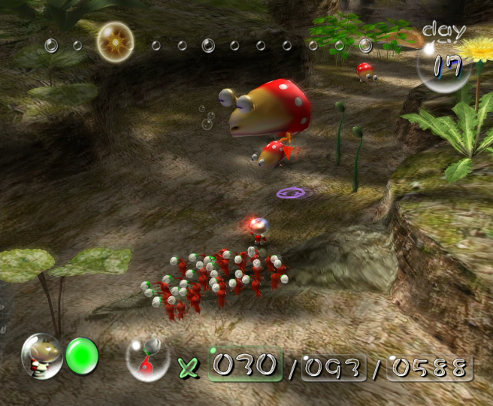
Likewise, in Pikmin, Captain Olimar must find all 30 ship parts in 30 days, or fail to return home. The amount of ship parts the player has by the time limit directly influences what ending they receive; only by collecting them all will you see the best result.
Not only do these parameters add a sense of urgency and progression, but they enable greater replayability. Players may fail to achieve the result before time lapses, but now they know how to achieve that goal for their next playthrough. Persona 5 does an excellent job of balancing risks and rewards, encouraging the player to make their own decisions each day (what jobs to do, who to hang out with, etc.) with the knowledge that every choice has an opportunity cost.
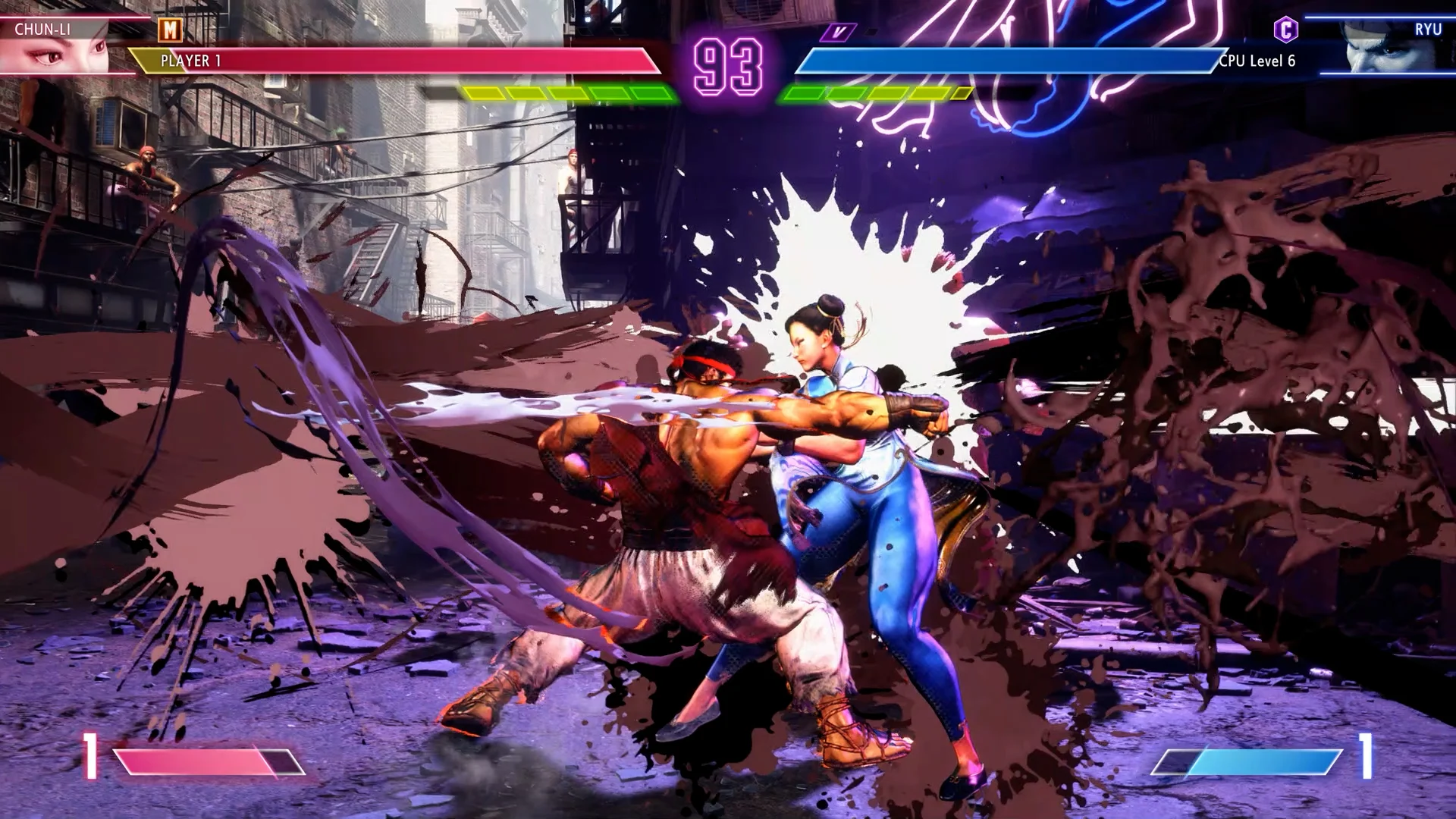
Macro- vs. Micro-Sized Time Limits
Games like Majora’s Mask and Pikmin incorporate time limits to emphasize high stakes and establish mechanics that are fundamental to their core gameplay loop. These games tend to appeal to two types of players: speedrunners, and players who enjoy the challenge of trial and error.
But games can also have far smaller-scale time limits in place. And these micro-sized time limits can be equally (if not more) rewarding, as they offer their challenges in small, digestible bites rather than punish players for past or accumulated actions.
Fighting games like Street Fighter and Mortal Kombat make this their bread and butter, as players must compete with one another to eke out an advantage in rapid-fire rounds. Having all the time in the world would reduce the intensity of the match and eliminate the spontaneity of players adapting to one another’s play style.
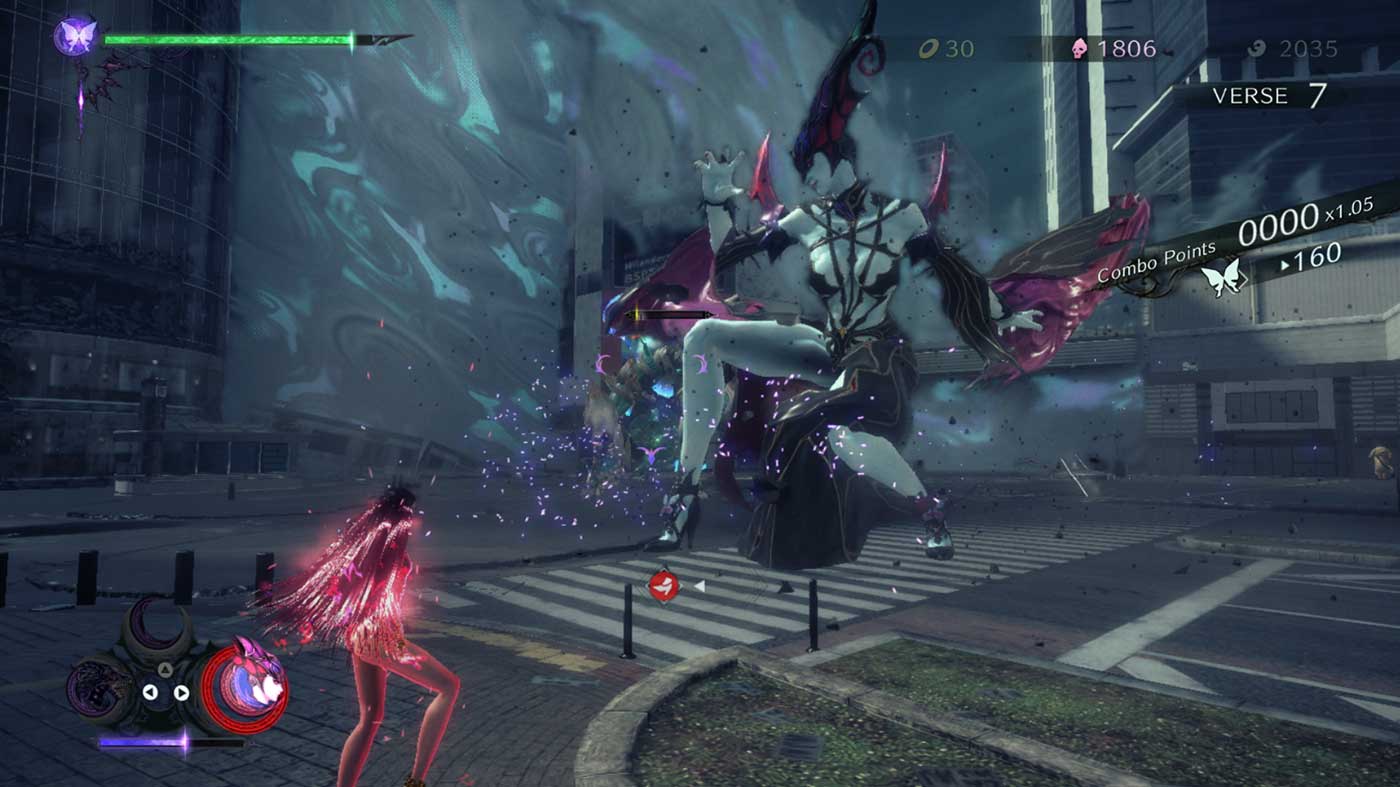
When Time Runs Out…
With time limits, game designers must balance the urgency of completing tasks (and the anxiety that follows) with player agency and accessibility.
Poorly developed time limits tend to expect perfection out of the player. They suggest that no mistakes can be made to reach the end goal. Unfortunately, when players rush through a gameplay loop due to a time crunch, they risk missing out on additional content. Their motivations shift, as they learn to prioritize the end reward over the content around them.
One way to combat this problem would be to design scenarios with consequences, but allow players to retry the scenario without affecting the long-term gameplay loop. Bayonetta and Devil May Cry are good examples of this, as the player is awarded a rank for completing a mission depending on how fast and stylish the player was in combat. Players can choose to work toward a higher score, or they can skip it completely if the time factor stresses them out.

Dawn of the Final Day
Time limits in games aren’t inherently “good” or “bad”—their success comes down to the interests of the developer, the interests of the player, and whether the two are aligned.
Implementing a time limit is far from an easy task, and demands the most from the developer. When done well, however, they can create a more immersive experience for the player, instill a sense of urgency and agency, and make the journey more interesting and challenging.
With a good time limit, nothing can be taken for granted. The players must be flexible with their fingers, creative with their thoughts, and open-minded about the challenges ahead.
Kris is a gaming and fitness enthusiast who loves turn-based and action role-playing games. He also likes talking about gameplay mechanics that add new layers to the genre and the need for diversity in video games. He hopes that gaming can be seen as more than interactive mediums and be looked at as a celebration in the entertainment industry. Whenever he is not playing games, he is crafting poems, writing fictional stories, or working out at the gym. New to journalism, he hopes to be a narrative writer for video games or create his own graphic novel series.


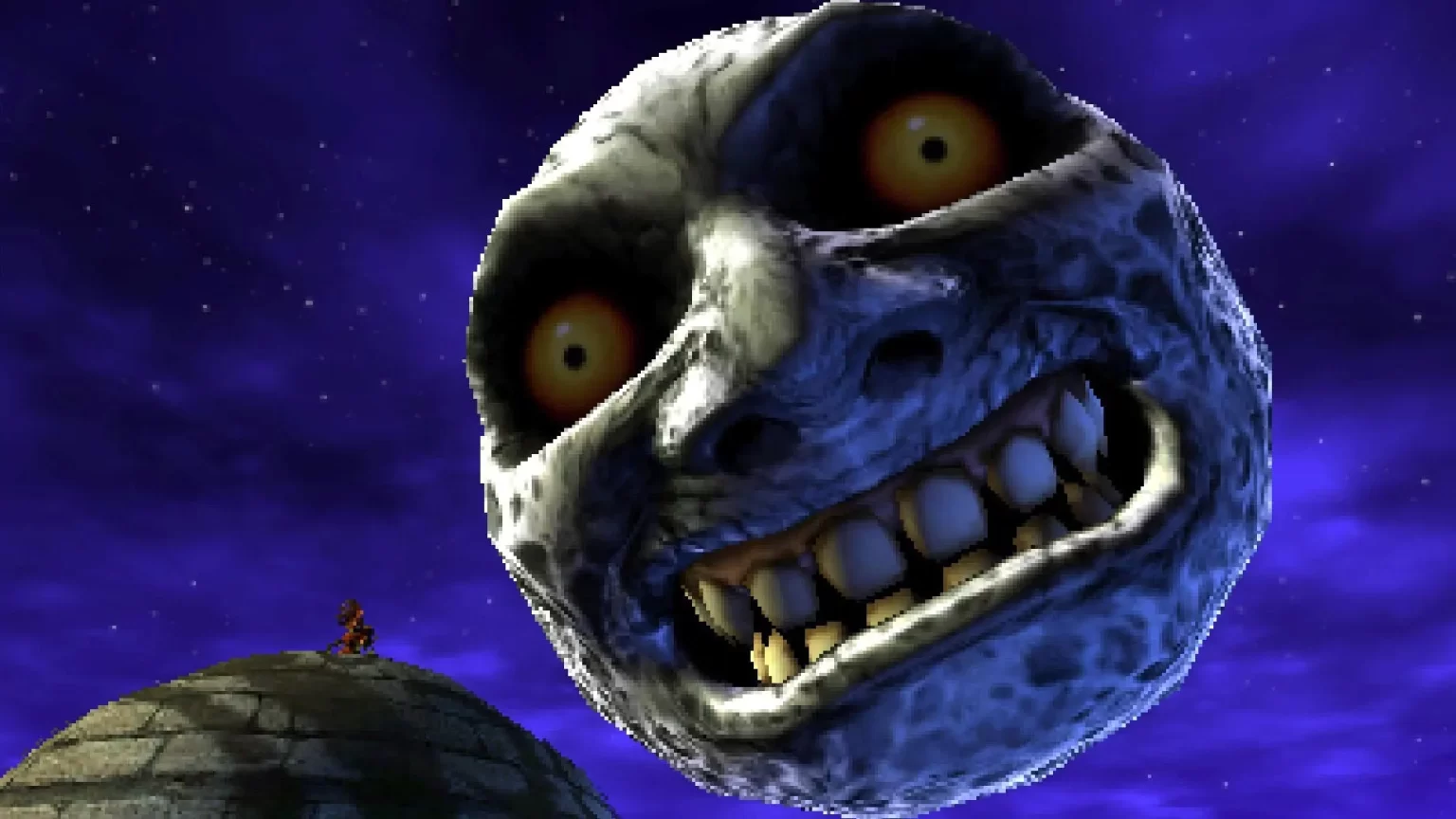





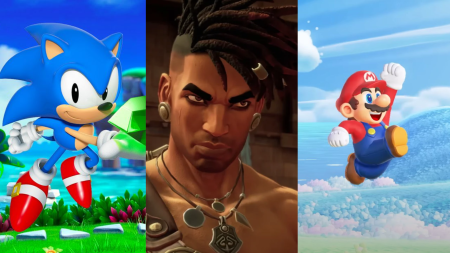
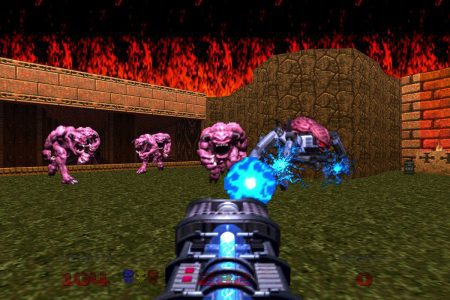

1 Comment
You touched on fighting games using time limits but for my money the most innovative use of the timeclock in the history of video games was in SNK’s King of Fighters games starting with the second installment in 1995.
For those who do not know, KOF is a fighting game where teams of 3 compete in a single elimination 3 on 3 battle and the winning team is the one who eliminates all 3 of their opponents. Starting in 1995, the winning character got a portion of health back that was determined by the remaining time on the clock when the round ended.
So even if you were getting blown out in a round you could play for time to minimize your enemy’s advantage, and if you were looking to make a comeback you needed to do as quickly as possible in order to have as close to a fair fight as possible in the next round. It made the clock as important to watch as your health bar.